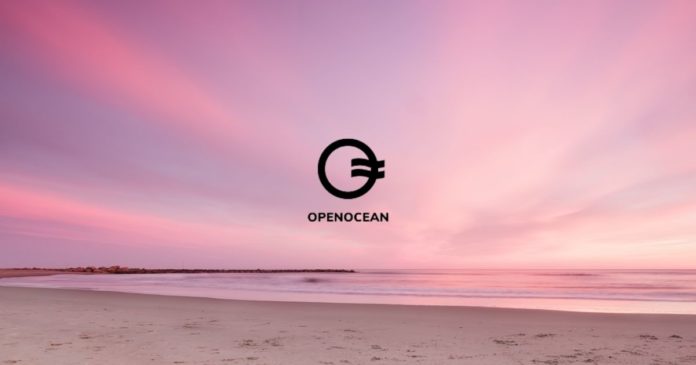OpenOcean has revealed that they will be aggregating Loopring Ethereum Layer 2 on the OpenOcean platform. This move is expected to reduce transaction fees as well as to speed up trading and maintain the same level of security as the main Ethereum chain (Layer 1).
The official announcement by OpenOcean about aggregating Loopring Ethereum Layer 2 stated:
🤩#OpenOcean integrates @loopringorg, Ethereum zkrollup protocol! We are now the FIRST aggregator of ETH Layer 2!
🌈After activate Layer 2 on https://t.co/8V33C7OOLC, our users will enjoy fast trading, ZERO gas fee and self-custody security on Ethereum!https://t.co/ypBRb8gDRh
— OpenOcean (@OpenOceanGlobal) May 5, 2021
The aggregation of Loopring makes OpenOcean the first Ethereum Layer 2 aggregator. OpenOcean also plans to continually aggregate more Layer 2. Their aim is to grant users optimized access to liquidity, the best pricing, and the lowest slippage.
Rationale Behind Integrating Ethereum Layer 2?
OpenOcean revealed that the integration of Ethereum Layer 2 was geared at reducing higher fees and long delays caused by Ethereum’s larger user base. Ethereum Layer 2 is a less congested option. It makes it possible for users to carry out transactions without gas fees and within a shorter timeframe.
Ethereum Layer 2 enables off-chain transaction handling where computation remains less crowded. From there, a cryptographic proof is generated to show a certain computation is completed correctly. This is then committed back onto the main chain itself. Because this method requires less data for commitment, “block validation is cheaper, faster and requires less gas.”
What Aggregating Loopring Brings?
Loopring, a scalable DEX protocol created with zkRollup; a kind of secure Layer 2 scaling solution created for Ethereum. Additionally, the Loopring exchange is a “non-custodial Ethereum exchange with a highly performant (super-fast, gas-free) AMM & orderbook-based exchange with Ethereum security guarantees.”
OpenOcean claim that the aggregation of Loopring’s Layer 2 orderbook gives the same trading features as Loopring’s orderbook. Also, with OpenOcean Pro, users will be able to transfer assets to their Layer 2 wallet.
The official report also explained that: “When users deposit assets from Ethereum to Layer 2, gas fees are incurred. There is also a gas fee for withdrawals back to the Ethereum chain. Then, a bridge between Ethereum main chain and Ethereum Layer 2 enables quick and easy asset transfer in between the chains, allowing the users to benefit from the fast transactions and no gas fees that exist on Ethereum Layer 2.”
Interested users were also advised to activate Layer 2 to be able to see Layer 2 token pairs available on the OpenOcean-Ethereum network. Following that, users can select the token pair and trade tokens without paying the very high gas fees incurred on Ethereum network when it is congested.
Find out more information here.
About OpenOcean
OpenOcean is reportedly the world’s first leading full aggregator that gives access to crypto trading and pools liquidity for both decentralized finance (DeFi) and centralized finance (CeFi). OpenOcean also sets its sights on creating a full aggregator for crypto trading that bridges “the isolated islands in DeFi and CeFi.”
As a DeFi aggregator, OpenOcean reportedly aggregated DEXs on Ethereum, Ethereum Layer 2, Binance Smart Chain, Ontology, and Tron. They also plan to aggregate mainstream exchanges on other networks like Solana, Polygon (formerly Matic), and Polkadot. In terms of CeFi, they have aggregated Binance, and are working on more aggregation with other top-tier exchanges.
Before now, Ellipsis Finance – a stablecoin exchange backed by Binance Smart Chain (BSC) – entered into a partnership with OpenOcean. By partnering with Ellipsis Finance, stablecoin swapping is established and about $2.9 billion worth of liquidity is integrated onto OpenOcean.




























